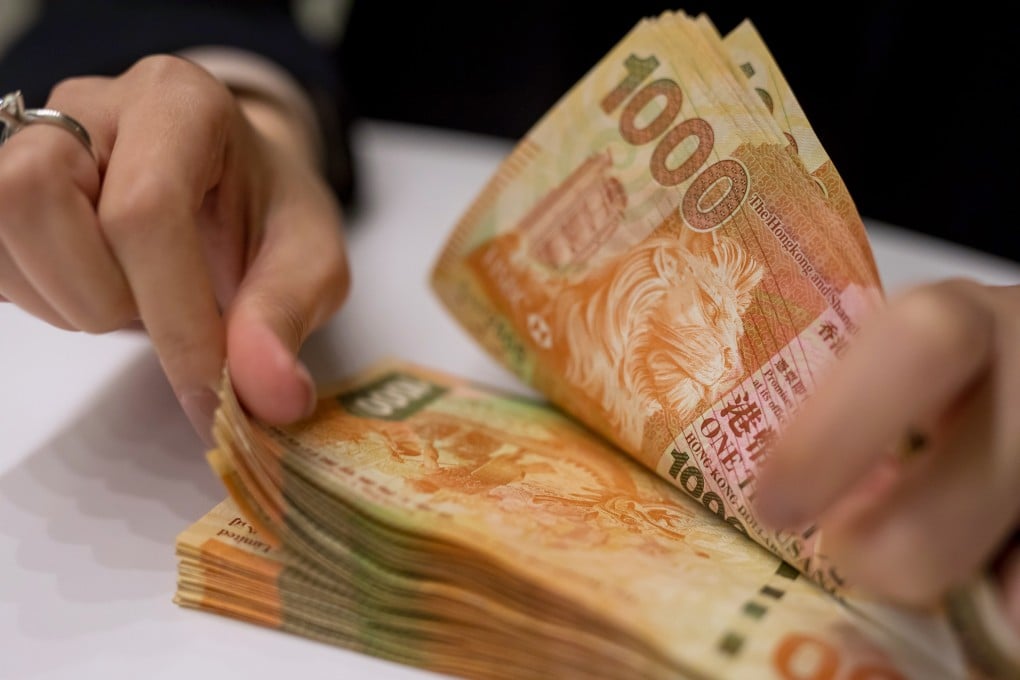Hong Kong’s currency intervention pushes key banking liquidity indicator below HK$100 billion mark
- Aggregate balance fell below HK$100 billion after the Hong Kong Monetary Authority intervened to defend currency peg during New York trading hours
- Lower liquidity will add pressure on more local banks to join HSBC and peers to increase their prime rate, an analyst said

Hong Kong’s de facto central bank intervened to support the local currency peg to the US dollar, pushing a key banking liquidity indicator below the psychological threshold of HK$100 billion (US$12.7 billion) following the latest round of US Fed rate hikes this week.
The aggregate balance, or the sum of balances in clearing accounts maintained by all banks with the central bank, will fall by the same amount to HK$96.977 billion on November 8, it said, falling below HK$100 billion for the first time since June 2020. The balance has declined by 71 per cent since the first intervention on May 11.
The HKMA is obliged to step into the market to keep its currency within the HK$7.75-HK$7.85 trading band, after pegging it at HK$7.80 per dollar since 1983. It spent a total of HK$103.48 billion in 2018 to defend the peg and HK$22.13 billion in 2019, during the last two rounds of rate rise cycles, according to official data.
Eight major commercial lenders including HSBC and Standard Chartered Bank also nudged their prime rate higher by 25 basis points on Friday or Monday, prompting the HKMA CEO Eddie Yue Wai-man to warn of more pain for consumers.
